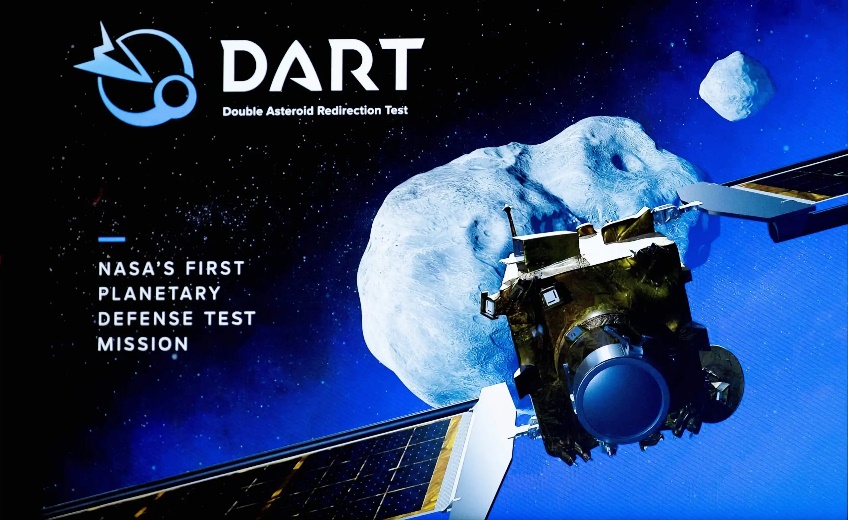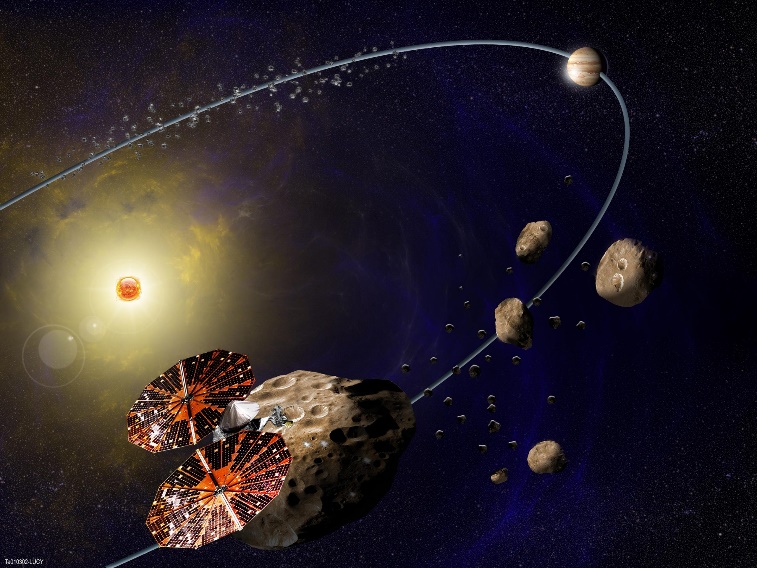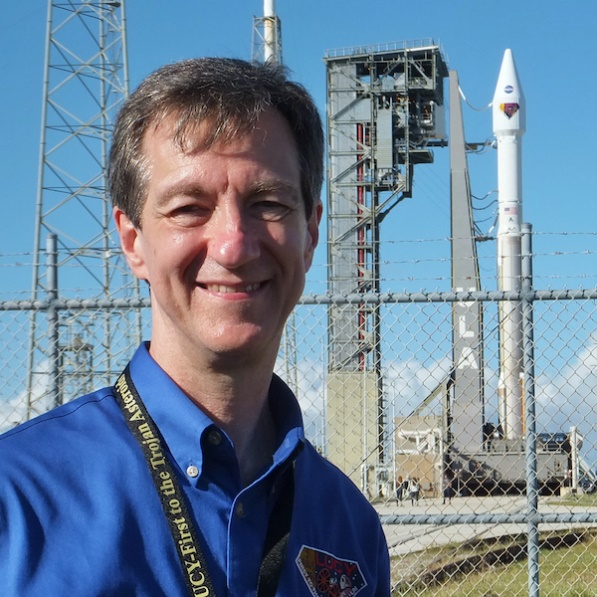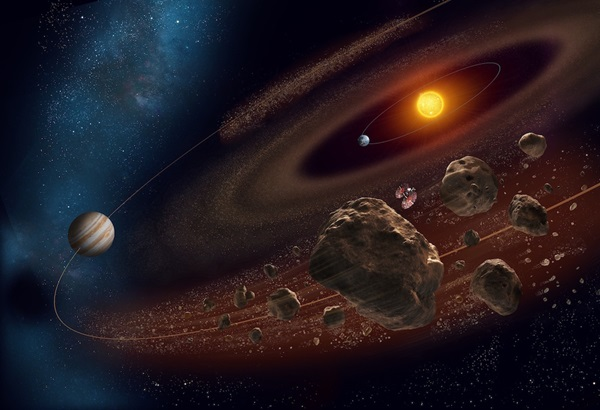Avellon Williams
TRINIDAD AND TOBAGO- Asteroids and comets are Hollywood’s go-to answer to incoming space objects. As actor Bruce Willis does in movies such as “Deep Impact” and “Armageddon”, nukes are used to save the world while delivering dramatic content.

Experts in planetary defense, however, suggest that in reality, if astronomers spotted a dangerous incoming space rock, the best solution might be to ram it with a spacecraft to deflect it.
A NASA spacecraft did exactly that on Monday evening when it smashed into an asteroid, destroying itself in the process.
Dimorphos, the egg-shaped asteroid nearing impact, unfolded onto the screen from a blip to the full rocky surface becoming clearer and clearer before the signal went dead as it hit right on target.
Engineers said the events unfolded exactly as they had planned, and nothing went wrong. “As far as we can tell our first planetary defense test was a success,” said Elena Adams, the mission systems engineer, adding that scientists watched with “both terror and joy” as the spacecraft approached its destination.

NASA’s Double Asteroid Redirection Test (DART), a 7-year and $300 million effort which launched a spacecraft in November of 2021, was the first-ever planetary defense test conducted by humanity.
After about two months, scientists will be able to determine if the impact was effective enough to slightly alter the trajectory of the asteroid.

According to Nancy Chabot, the DART coordination lead at Johns Hopkins University Applied Physics Laboratory, “this really is about asteroid deflection, not disruption. This isn’t going to blow up the asteroid.” She says the collision is nothing more than just a nudge that’s similar to “running a golf cart into the Great Pyramid.”
Orbital tweaking of a space rock

The planet Dimorphos is about 7 million miles away from Earth and poses no threat to it. Approximately 525 feet wide, it orbits another, larger asteroid.
According to NASA officials, neither of these space rocks could have been harmed by NASA’s test.

NASA’s associate administrator for the science mission directorate Thomas Zurbuchen says “there is no scenario where either body would threaten the Earth.” “It’s just not scientifically possible, just because of momentum conservation and other things.”
Instead, the impact will shorten Dimorphos’ orbit around its bigger asteroid pal. Currently, it takes 11 hours and 55 minutes to complete a full circuit. By changing its path, Dimorphos should move closer to the big asteroid and take less time to go around it, perhaps once every 11 hours and 45 minutes after the DART impact.
Telescopes see these two asteroids as a single point of light that dims and brightens as Dimorphos revolves around them. The DART spacecraft’s camera was the first chance scientists had to see the asteroid they were trying to hit.
In the last hour of the mission, the spacecraft’s onboard navigation systems switched their focus to Dimorphos from a larger and easier-to-spot asteroid.
Scientists watched as NASA lost control of sending commands to the spacecraft in the final minutes before impact at 14,000 miles per hour. The control room erupted in cheers when the screen turned red due to a signal loss.

In the coming days, a smaller spacecraft nearby will transmit images back to Earth. Observations will be made for weeks by telescopes on all seven continents and space telescopes such as James Webb, which will allow astronomers to precisely measure how the asteroid’s path was altered.
Moreover, in just a few years, the European Space Agency will launch the Hera mission to this double asteroid system, giving scientists a better understanding of the impact’s effects.
Researchers can use this information to develop contingency plans for future threats based on how an asteroid reacts to a deliberate push.

“In the end, it’s a great thing,” says Dr. Edward Lu, executive director of the Asteroid Institute, a nonprofit dedicated to planetary defense. “Someday, we are going to find an asteroid which has a high probability of hitting the Earth, and we are going to want to deflect it.”
In Lu’s view, “we should have some experience when that happens in order to know that this is going to work.”
Asteroids remain undiscovered and untracked

However, the DART team seems to understand that their project may seem somewhat out of reach.
Dr. Thomas Statler, NASA’s DART program scientist says, “we’re moving an asteroid. We are changing the motion of a natural celestial body in space. Humanity has never done that before.”
He continued, “this is stuff of science fiction books and really corny episodes of ‘Star Trek’ from when I was a kid, and now it’s real. And that’s kind of astonishing that we are actually doing that, and what that bodes for the future of what we can do.”

NASA tracks many space rocks, especially those that have the potential to cause extinction-level events. There are currently no threats to Earth, which is a blessing. Nevertheless, there are many asteroids the size of Dimorphos yet to be discovered, and these could potentially wipe out a city if they collided with it.
It is for that reason that NASA’s Planetary Defense Coordination Office hopes to launch the NEO Surveyor asteroid-hunting telescope in 2026 or 2028, depending on how much money Congress allocates.
“To be prepared for what’s coming, we need to do this so that we’re aware of what’s out there and what’s coming,” says Lindley Johnson, NASA’s Planetary Defense Officer.

In his view, such a telescope could give Earthlings years, decades, or, even centuries of warning about space rocks heading in an alarming direction, giving them time to devise a plan, whether it’s a “kinetic impactor” such as DART or an alternative spacecraft that would gently pull a worrisome asteroid away from it using gravity.
It’s a very different approach than what Hollywood usually portrays when it comes to saving the planet, Johnson points out.
“They have to make it exciting, you know, we find the asteroid only 18 days before it’s going to impact, and everybody runs around with their hair on fire,” he says. “That’s not the way to do planetary defense.”




